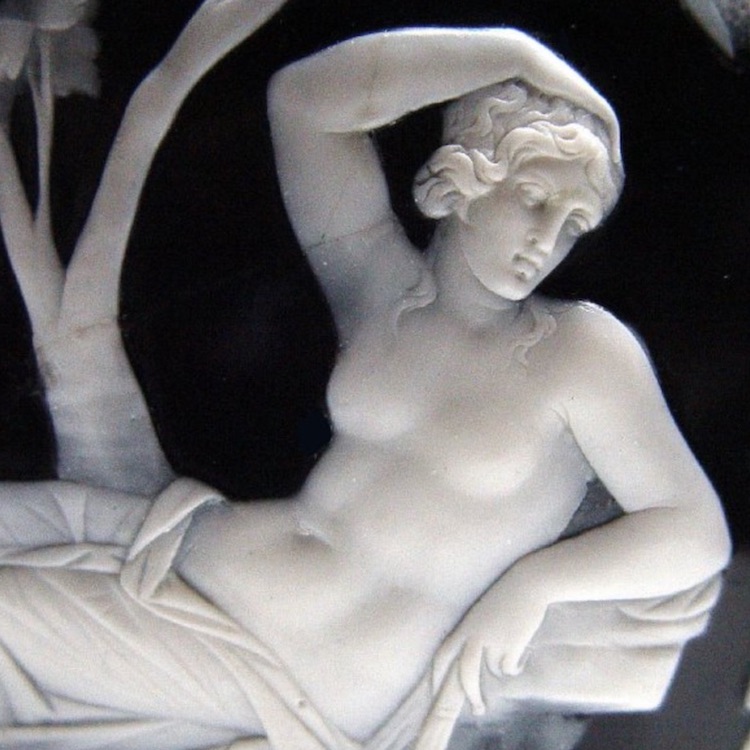Welcome to NewsFile, your resource for the latest newsy happenings, tidbits and research from the worlds of contemporary ceramic art and contemporary ceramics. In this edition we bring you a treasure trove of ceramic finds, including an history altering clay tablet, a case of the misidentified vase, an artist farewell and more
Babylonian Tablet Rewrites Math History
A 3,700-year-old tablet is giving ancient Greeks a run for their drachma. The tablet, according to The Telegraph, has proven that the Babylonians developed trigonometry 1,500 years before the Greeks. The tablet, known as Plimpton 332, was discovered in the early 1900s in southern Iraq by American archaeologist and diplomat Edgar Banks. (Banks was the inspiration for Indiana Jones.)
It has been commonly thought the field, which studies the relationships involving the angles and lengths of triangles, emerged in the Hellenistic world during the 3rd century BC from applications of geometry to astronomical studies.
New research by the University of New South Wales, Australia, has indicated the tablet is the world’s oldest and most accurate trigonometric table.
Babylonian mathematics used a base 60, or sexagesimal system, rather than the 10 which is used today. Because 60 is far easier to divide by three, experts studying the tablet, found that the calculations are far more accurate.
Learn more here.
Portland Vase Origin in Question
The British Museum’s most famous artifact—the Portland Vase—was manufactured by a different technique than the one traditionally assumed by historians and archaeologists, Gizmodo writes. The best known amphora in translucent dark cobalt blue and opaque white cameo glass, was previously thought to have been created using the blown glass technique, but now, that theory is being questioned.
Australian National University scientist and expert glassmaker Richard Whiteley is now challenging this longheld assumption, arguing that many cameo glass pieces were built with a cold-processing technique now known as “pate de verre.”
Pate de verre is similar to the casting technique used in ceramics, but glass, rather, is shaped by using a mold.
Public Spaces Artist Wopo Holup Dies at 80
The New York Times reports, Wopo Holup, an artist whose works have been encountered by countless people in New York, Denver and Kansas City’s public spaces, died on Sept 29 in Manhattan.
Ms. Holup created “River That Flows Two Ways,” the 37 panels set in the sea wall railing at Battery Park in Lower Manhattan. She embedded a sculptural representation of the Missouri River into the floor of a police academy in Kansas City, the artwork “flowing” through the lobby and out across the 15-acre property. She made sculptural birds for a train station in Denver and a greenway in Lowell, Mass., and a mural of grasses and trees for an underpass in Queens, reflective of her abiding interest in nature.
Read the rest of the article here.
THIS WEEK! TEFAF in New York City
The autumn fair’s second edition (a satellite event of the Dutch-hosted art fair) opened this week at the Park Avenue Armory, and brings and eclectic mix of antiquities from the dawn of time to around World War I, including Flemish tapestries, Tang-dynasty stoneware statues, Chinese porcelain for collectors and noobs alike, the New York Times writes.
TEFAF includes a hefty sampling of Greek and Roman art, but this London [Charles Ede] has brought something older and from further afield: a Persian rhyton, or ceremonial drinking vessel, that dates to around 1000 BC. The terra cotta vessel takes the shape of a zebu bull, and though it would have served a ritual purpose, its simplified forms curve with the easy elegance that Picasso would lavish on bovines nearly 3,000 years later. Hundreds of decorative scratches run from his horns to his hindquarters, and two metal earrings, on either side of the vessel’s spout, make this an uncommonly punk antiquity.
Also showcased are these alluring pair of Tang dynasty stone lokapalas, or tomb guardians.
These sentries between this world and the next wear ornate body armor — frond-shaped helmet crests and flaming epaulets — and raise their legs to stomp on ill-fated evil ghouls. Now they appear the color of coral, but look closely at their breastplates and spaulders, and you can still see traces of green and red paint that would have made these sentinels appear even more fearsome.
Images by: Phillip Greenberg
Learn more about this art festival here.
Be sure to stay tuned throughout the week as we’re continuously updating this prime resource for you.
Do you love or loathe these newsy tidbits from the worlds of contemporary ceramic art and contemporary ceramics? Let us know in the comments.






Add your valued opinion to this post.